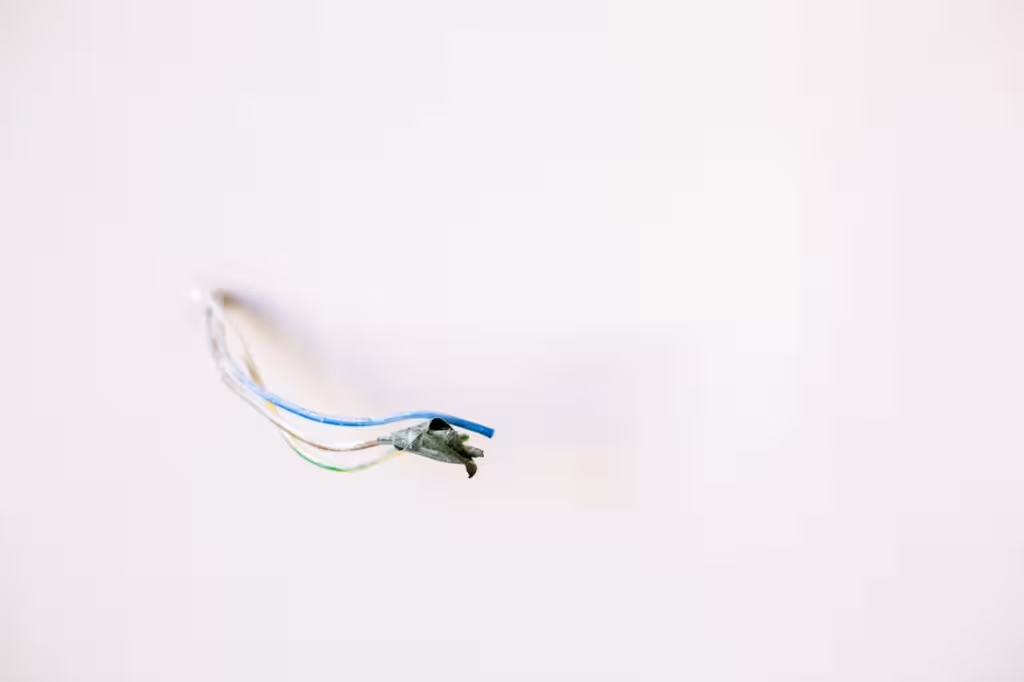Introduction- Checking for bad wiring
When it comes to the safety of your home, one crucial aspect to consider is the electrical wiring. Bad wiring can lead to electrical fires, shocks, and other hazards, making it essential to ensure your home’s wiring is in good condition. Here are four ways you can check the wiring in your home:
1. Visual Inspection of Bad Wiring:
- Start by examining the outlets, switches, and electrical panels in your home. Look for any visible signs of damage or wear, such as cracks, scorch marks, or exposed wires.
- Check for loose or hanging wires, as these can pose a significant risk.
- Ensure that all outlet and switch covers are in good condition and securely in place.
2. Use a Non-Contact Voltage Tester:
- A non-contact voltage tester is a handy tool for checking the presence of electrical voltage without direct contact. It can help identify live wires and potential issues.
- Turn off the power to the circuit you want to test, and then hold the tester close to the wires and outlets. It will beep or light up if there’s voltage present.
- Test all outlets and switches in your home to make sure they are properly functioning and not posing any risks.
3. Check for Flickering Lights and Tripped Breakers:
- Flickering lights or frequently tripped circuit breakers can indicate wiring problems. If you notice these issues, it’s essential to investigate further.
- Flickering lights might be a sign of loose connections or overloaded circuits. Consider consulting an electrician to inspect and resolve the issue.
- Frequent breaker trips may indicate an overload or short circuit. If this happens, unplug devices from the affected circuit and reset the breaker. If the problem persists, call a professional.
4. Hire a Professional Electrician:
- While the previous methods can help you identify some wiring issues, the safest and most thorough way to check is to hire a licensed electrician.
- An electrician can perform a comprehensive inspection of your home’s wiring, including the ones that are hidden within walls, to identify any potential hazards or code violations.
- Regular professional inspections are especially important if you live in an older home or have experienced electrical problems in the past.
In conclusion, ensuring the safety of your home’s wiring is crucial for your family’s well-being. By performing visual inspections, using tools like non-contact voltage testers, and being aware of warning signs such as flickering lights and tripped breakers, you can take proactive steps to identify and address bad wiring issues. When in doubt or for a more thorough assessment, don’t hesitate to consult a professional electrician.
*Go back to Point B Electrical Services home page…
*Discover the latest updates, promotions, and expert electrical tips by visiting Point B Electrical Services Facebook page today!


